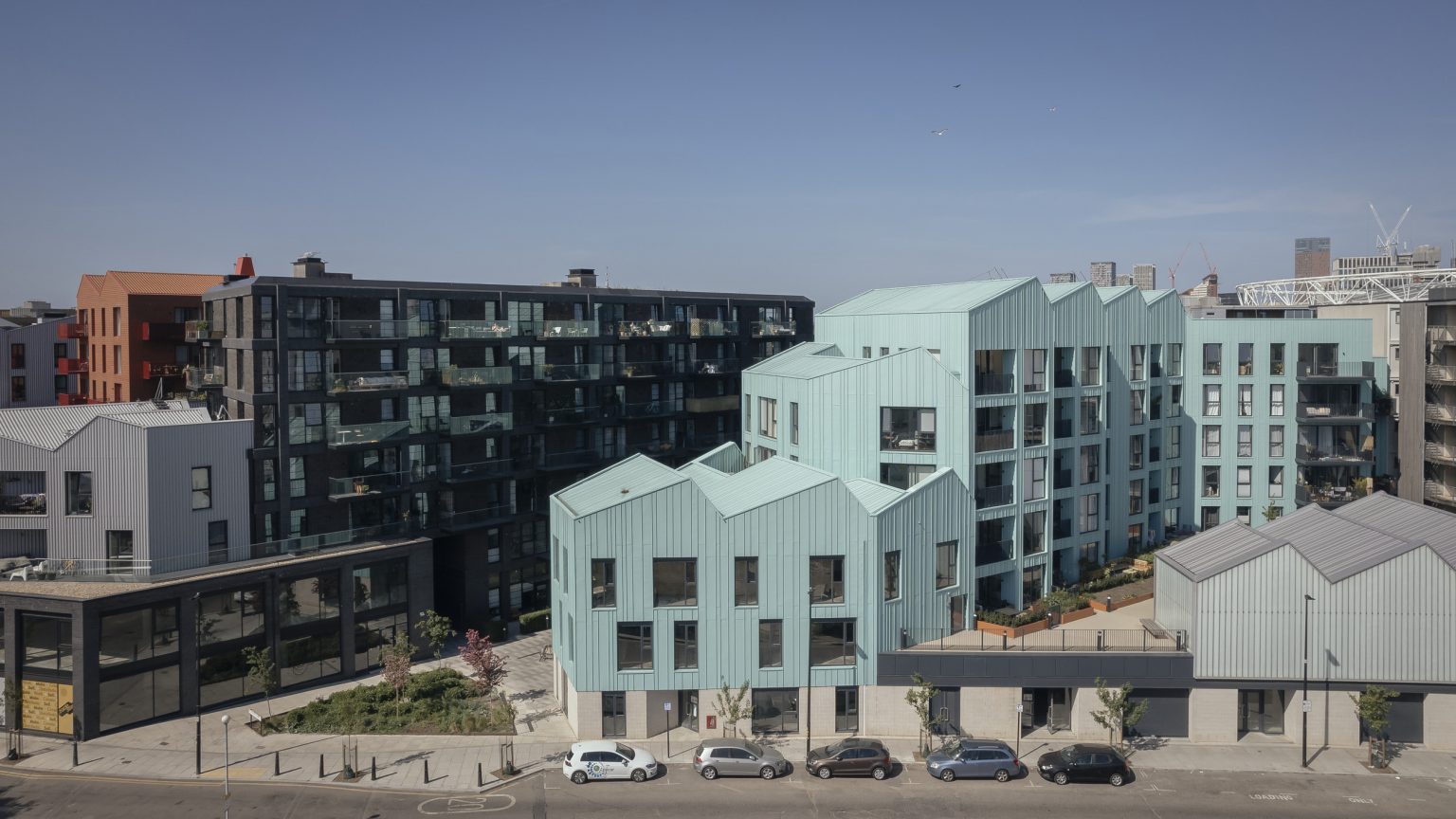In high density cities with a pronounced wealth gap and a paucity of buildable land, inevitable social and economic changes contribute to the dynamism of the city. Some areas will prosper while others decline. Urban regeneration projects meant to revitalise blighted neighbourhoods or business districts can have a profound effect on the surrounding community. At their best and artfully done, they accommodate the forces of change while respecting and preserving the cultural identity of the existing community, as well as enhance and nurture the combined communities.

COMMUNITY DEVELOPMENT IS ABOUT THE PEOPLE
Often times controversial, redevelopment has real implications for real lives. Top-down, profit-driven planning and development decisions tend to take place out of the public eye with little to no input from existing residents or neighbourhood groups as to what they value or how they interact with their physical spaces. Ultimately, the most successfully cohesive projects understand that community development is as much if not more about the people than the real estate.

SERVING THE NEEDS OF THE COMMUNITY
Developers and planners can bridge gaps and encourage social cohesion with a commitment to equitable revitalisation, and serving the needs of the entire community, not just the newcomers. It means bringing the community to the table early and often towards fostering openness and collaboration on goals and outcomes. It is developing policy goals to mitigate the human costs. And in residential areas, it is inclusive of affordable, mixed-income housing, and preserving the best of the local culture to maintain identity and diversity.

PRESERVING HERITAGE AND ROBUST PUBLIC SPACES
The revitalisation effort of Wan Chai was committed and considerable in engaging the public, drawing the participation of over 700 individuals who listed preservation of heritage, and having robust public areas as their primary areas of import. As a way to tie to place, the revitalisation effort spearheaded the Wan Chai Heritage Trail to highlight the distinctive local architecture, while the traditional character of the relaxed Star Street area was enlivened with a mix of small street-front shops and farmers’ markets, and occasional special events. Tyler Brûlé, founder of the style bible Monocle, who opened his fourth shop in the district says, "It's one of the most interesting shopping areas in Asia right now.&q
The Star Street project illustrates how to extract value and promote social cohesion via community engagement and appealing public spaces. Incorporating feedback and new methodologies gives the public a say in their outdoor ‘living rooms’, and instills a sense of civic pride. Working off of shared values and serving the entire community encourages growth, and provides a sense of balance, continuity and cohesion, which will only create stronger communities, identities intact.






